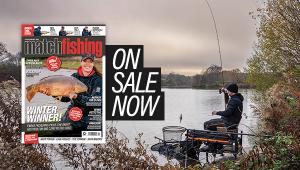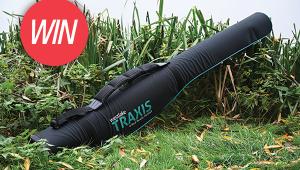10 Of The Best Jamie Wilde

Top northern angler Jamie Wilde reveals his all-time top 10 tips for rod-and-line success with carp when the water temperature plummets!
1. Go Large!
Clearly, the size of the fish matters in any match, although every carp counts and adds pounds to the final weight. Taking your time and being patient can be the difference between losing and landing a fish.
Bites can be very hard to come by during winter months so bigger fish like this can really make a difference.
2. Bait Preference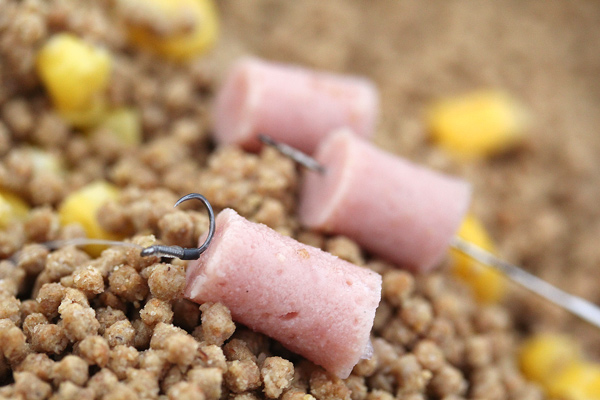
In the winter months, it is always beneficial to have an array of hook-bait choices. My four favourites, that I always ensure I take to the bank with me, are corn, meat, pellets and bread.
Not every day is the same as the last and having a variety enables me to experiment with what the fish want. Changing hook baits can lead to extra fish in the net. If it seems you are having more liners than bites you could try either popping your hook bait up off the bottom or casting shorter distances until you receive a bite.
You can also vary the size of your hook bait depending on the size of fish you are fishing for; I generally find an 8mm size piece of meat or pellet seems to work best as this will catch fish of all sizes.
3. Fill It Up
When refilling your spools it is crucial to ensure that the line is level to the lip; this then allows both efficiency and accuracy when casting. Doing this allows you to cast longer distances to find feeding fish within your peg. I always recommend using a minimum of an 8lb line when either bomb or feeding fishing for carp.
My preference is for a large model of reel – a 4000-size minimum – with plenty of cranking power.
4. The Butt Rest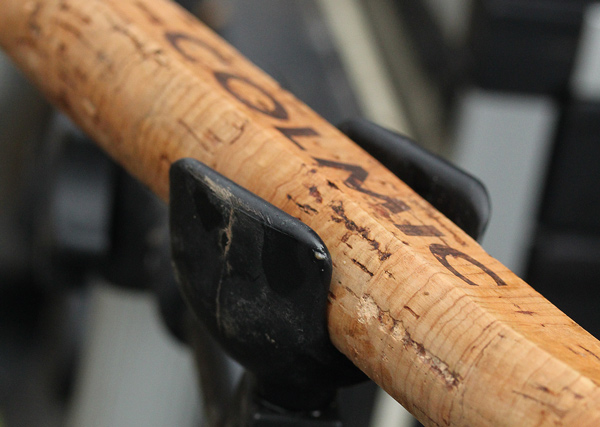
This for me is one of the most important things when feeder fishing. I don’t see any reason for the rod to rest on your knee. The majority of the time carp hook themselves, therefore there’s no need to be sat waiting to strike at each bite.
Positioning it correctly, on my front box leg, enables me to be within reaching distance of my reel once a bite takes place. Using a butt rest can stabilise your rod, limiting vibrations down the line. Another benefit is that your rod cannot be pulled into the water.
5. Free Spool
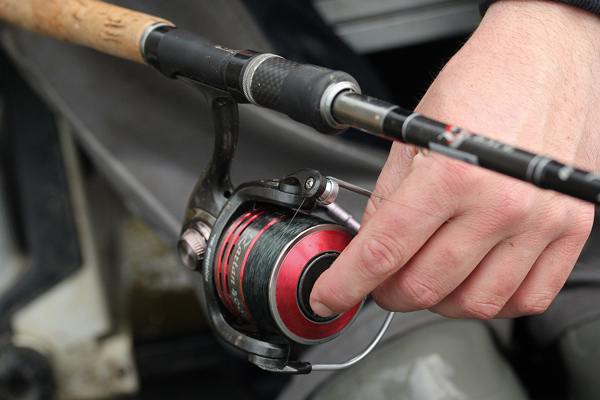
Always set your drag to the right tension to save line breakages on savage bites. Having your clutch set correctly allows the perfect hook-hold and fewer hook-pulls. I like to set my clutch so that the reel spool spins when the rod is arched around in the rod rest.
6. Hooklengths
When feeder fishing or bomb fishing for carp I very rarely drop below a 6lb hooklength, because I don’t believe this results in fewer bites. You need to make every fish count and using a lighter line can result in line breakages and lost fish, which in a match situation can be costly.
I like to use a 2ft hooklength – this allows the hook bait to sink slowly when the bomb or feeder is feathered in and sometimes can provoke a bite as the bait flutters to the bottom.
Always make sure you have plenty of spare hooklengths prepared as time out of the water to tie a new one can lead to missed fish. I also make sure I have different hook baits made up ready on separate hooklengths to make quick changes.
7. Go For 90 Degrees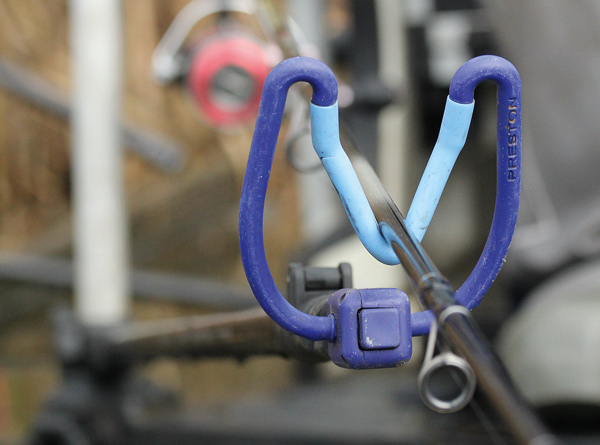
Everyone has their own preference when it comes to positioning their rod rest. I often see some anglers with their rod almost pointing straight, facing the way they are casting; this for me is not beneficial. I believe you can’t see what activity is going on in the peg – line bites, for example.
Having your rod rest set this way can also cause line breakages, as there is no give in the rod tip. I like a 90-degree angle to my rod so that the tip cushions the bite when the rod tip goes round. Having this also gives you time to react to the bite if the fish decides to swim away.
8. Loose Feed?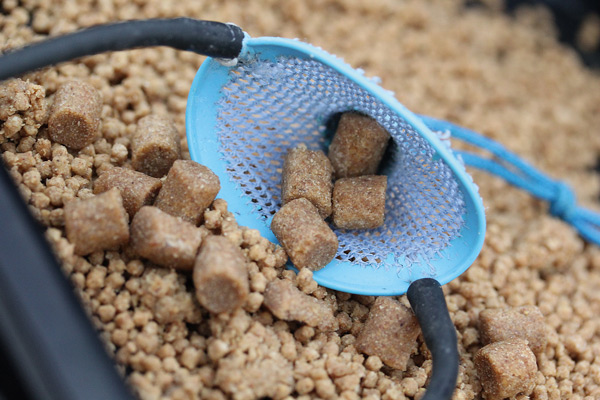
Despite the weather conditions, I will always have a ‘throwaway’ line where I loose feed pellets. Some days I find that you will catch on this line and some days you won’t, but feeding in this area out of the way can give you another option to try at a later time, usually at the end of the match.
I tend to feed just four pellets every five minutes to keep the fish occupied. If you don’t catch on this line, a single hook bait cast around your peg, away from the loose-fed area will be the better option.
I always judge the size of the pellets I need to use on the size of the fish I’m targeting. Very rarely do I use a pellet below 6mm, because I find it hard to feed them accurately and in a tight group.
9. Stop Bead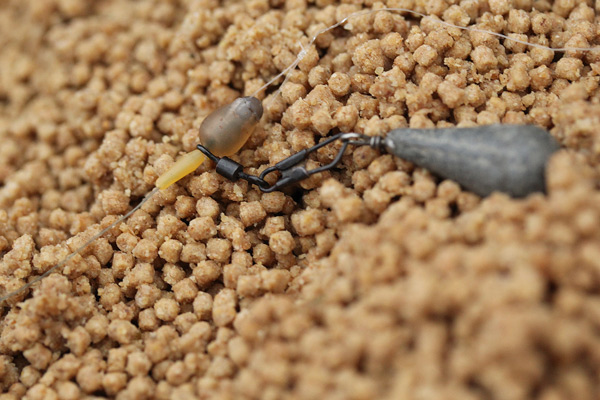
Where allowed I will always use a stop bead on my feeder setup. This allows me to speed the process up when loading my feeder. I find this helps to stop the feeder sliding down to the rod tip.
Another option of using this (again where allowed) is to slide the stop bead to the back of my bomb, giving a bolt-rig effect. Doing this sets the hook on a perfect hook-hold. This also seems to help when reeling in, helping the hooklength not to spin up.
10. Through Action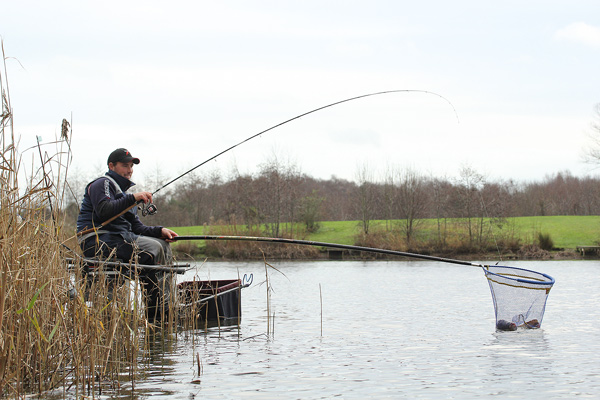
I always evaluate my peg and think about the distance I have to fish, therefore I can decide which length rod to use. In most cases, I tend to use a shorter rod being either a 9ft or 10ft model.
Using a through-action rod limits the amount of hook-pulls I get throughout a match. The new Colmic Adventure Scrape range covers most aspects of commercial fishing. Having a long, stiff, landing-net pole and a big landing net is essential so you’re prepared for all sizes of fish.
Like what you see?

Or buy a single issue
- Log in or register to post comments







